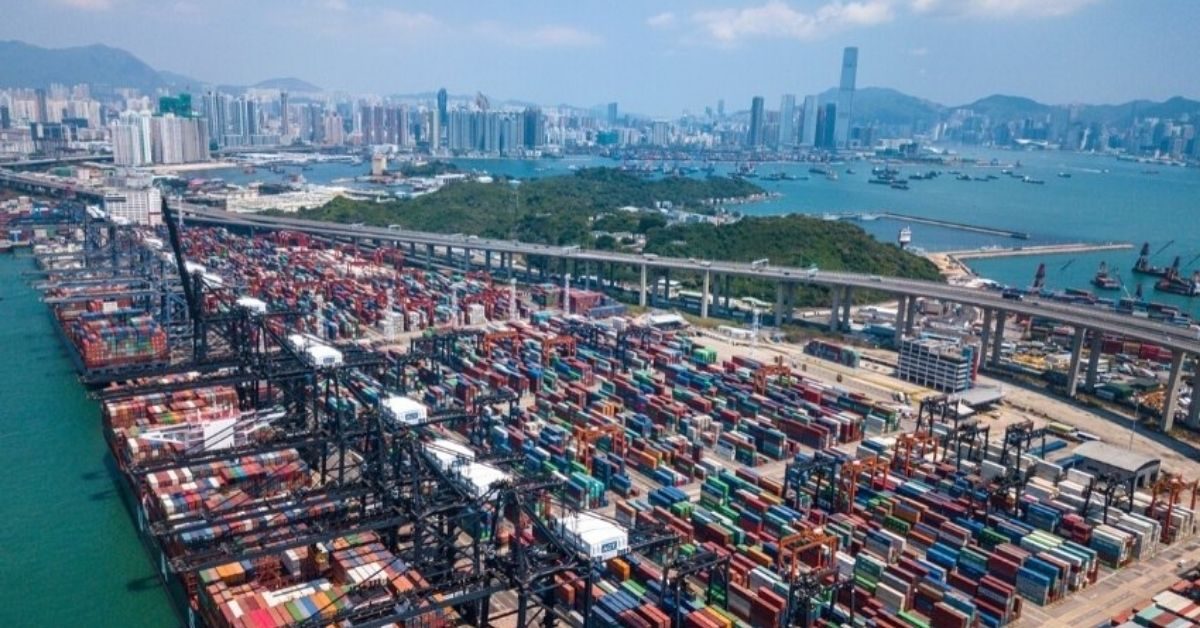There’s been a lot of talk of shifting the manufacturing supply chain away from China. Other countries want to cut their dependence on the world’s biggest factory floor, wary that Beijing is wielding too much power over the global economy. Rebuilding manufacturing and replacing China, though, isn’t all that easy. Constructing highways and production lines that work like clockwork, with tightly-knit networks of suppliers, is a gargantuan task.
Over the last two decades, Beijing pampered global manufacturers with its meticulously built-up infrastructure and copious industrial supplies. The country’s hold on production processes, even in sectors it doesn’t dominate, meant it rapidly grew in importance. The debt state-owned companies took on to build highways ended up ensuring logistics and supply chains can run smoothly. China, no doubt, has a lot of economic imbalances, but its dominance in the world economy won’t change any time soon.
Countries from the US to Vietnam and Indonesia are all trying to present themselves as alternatives. The $53 billion Chips Act was an attempt by the White House to reclaim chip manufacturing, as is the national blueprint to build a lithium-ion battery supply chain by the end of the decade. For electronics, Vietnam has been hailed a viable option. Even Indonesia, the biggest producer of nickel, a critical component of electric vehicle batteries, wants to move up the ladder and capture the value-add from a global shift into EVs.
Parts of the supply chain may shift away from China, but for now, no country can come close to building the intricate network of factories across such a broad range of sectors. Switching agreements and suppliers isn’t an overnight process, nor is setting up operations that have been in place for years.
Vietnam makes a good test case. Just as Apple Inc.’s suppliers such as Hon Hai Precision Industry Co., better known as Foxconn, plan to expand capacity there, sending industrial land prices to new highs, global manufacturers are finding that Vietnam can be easily ensnared by shortages. Right now, building materials like aluminium window sills — which are abundant in China — are hard to come by there.
This is because Vietnam, along with the rest of Asia, imports a lot of basic industrial products such as chemicals and plastic, from its northern neighbor. Even though its economy has been open since March, as long as China continues with Covid-zero lockdowns, the Southeast Asian nation will continue to suffer from supply chain bottlenecks. Vietnam’s PMI suppliers’ delivery times index, which captures the extent of supply chain delays in an economy, remained in contraction in July.
Over the years, China’s ambitions to climb the value chain meant a shift of its production toward higher-end equipment and industrial goods. It has built out a vast manufacturing sector that supplies a significant portion of components, or intermediate goods, that go into final products. It is now the top global exporter of such parts in terms of value.
That means cutting the country’s manufacturers out of the equation will cause a headache in Asia, and will inevitably become a problem for industrial companies in the US, too.
Say what you will about China’s debt-fueled expansion, it has built a comprehensive transport network including rail, seaports and airports, as well as 5G base stations, with much of the financial burden borne by local governments and state-owned enterprises. According to the latest Global Competitiveness Report, while China does not rank well on governance or institutional transparency, it has distinguished itself in aspects that are important to hard-tech supply chains, such as road, shipping lines and airport connectivity. It has also spent heavily on research and development.
By comparison, US attempts to whip up an EV supply chain only highlight its infrastructure challenge. Kansas recently brought in Panasonic Holdings Corp. to build a $4 billion battery facility. One of the draw cards for the Japanese company was a push to upgrade the state’s infrastructure.
The reality is, businesses aren’t patient enough to re-shore operations and then wait for infrastructure build-outs. New pockets of manufacturing may emerge but logistics just won’t be as efficient to global operators who are used to China. Will they pay to recreate what isn’t broken? On a recent trip to Vietnam, an entrepreneur bemoaned that an express mail package from Hanoi to Ho Chi Minh City can take up to four days. These kinds of delays just don’t happen in China.
All of this has come at a high cost to Beijing, including ballooning corporate debt of over 200% of the nation’s gross domestic product and ineffective credit. It has paid to build all this and foreign companies are, in practice, getting a free ride on its smooth supply chains.
It’s not surprising, then, that foreign businesses have continued to invest in China this year. Are the dangers of depending on China rising? Certainly, but such risks also exist in other replacements like Vietnam, Turkey or Malaysia. That’s just the cost of business.







